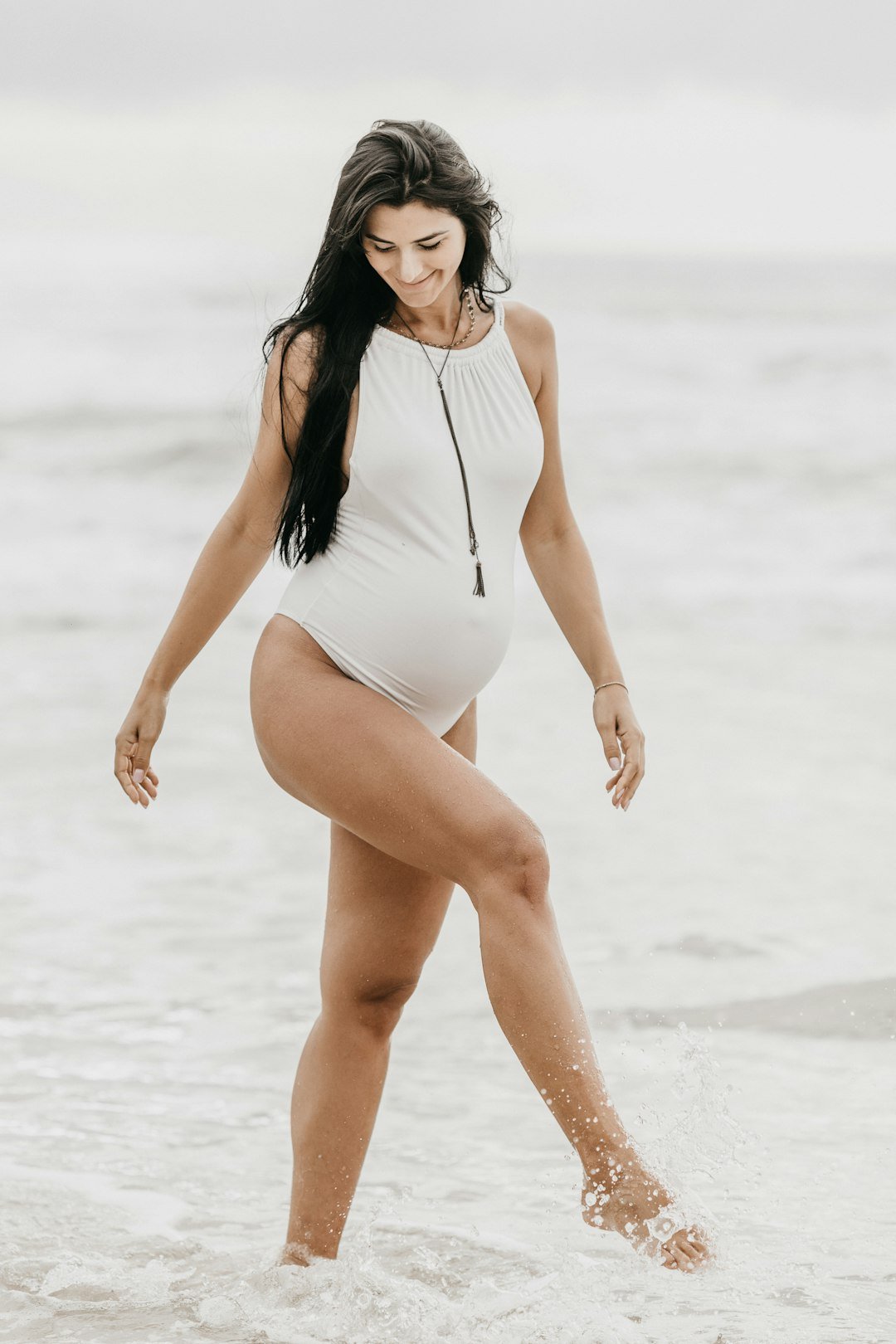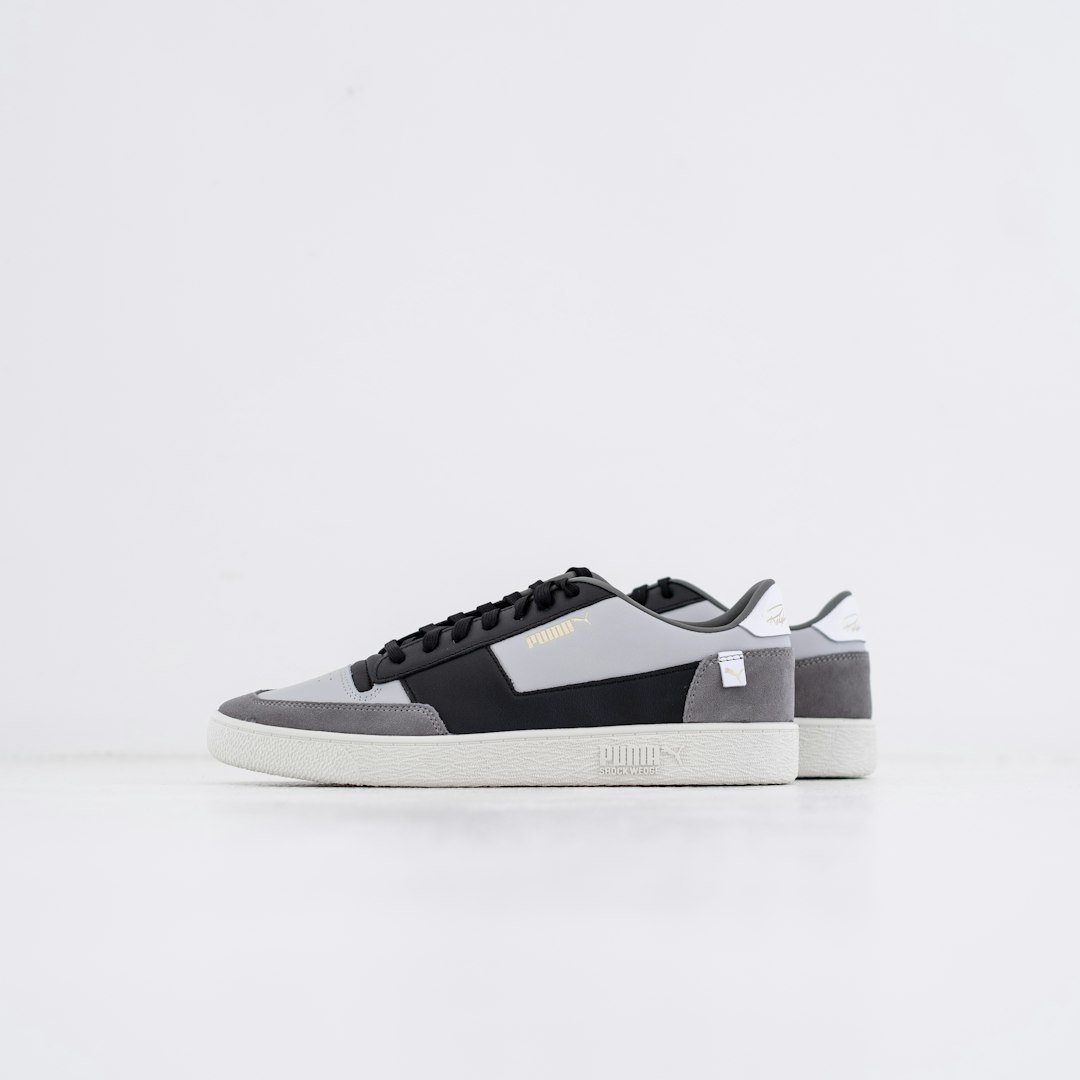
The fashion landscape is undergoing a transformation, with sustainability emerging as a core principle rather than just a fleeting trend. By 2025, sustainable swimwear has gained remarkable traction, balancing aesthetics with ecological responsibility. Today’s consumers seek swimwear that not only performs effectively but also reduces environmental impact. This article explores the significance of sustainable swimwear, showcases leading brands, and offers actionable advice for making environmentally friendly choices that resonate with your lifestyle.
H2: The Rise of Sustainable Swimwear
In recent years, the appetite for sustainable fashion has surged, and swimwear is riding this wave of change. Increasingly aware of the ecological consequences of their clothing decisions, shoppers are scrutinizing traditional swimwear, which is often crafted from synthetic materials. Conventional swimwear, predominantly made from petroleum-based fabrics, contributes significantly to pollution and waste. However, as we move into 2025, the narrative is shifting. Consumers are now keen on alternatives that don’t sacrifice quality, comfort, or style.
Brands specializing in sustainable swimwear are seizing this opportunity, presenting options that are equally chic and environmentally friendly, allowing customers to make a positive impact while enjoying their beach or pool experiences.
H3: Defining Sustainable Swimwear
The concept of sustainability in swimwear hinges on three essential components: materials, manufacturing practices, and product longevity.
- Sustainable Fabrics: An increasing number of brands are embracing recycled or renewable materials, such as recycled polyester, Econyl (a recycled nylon), organic cotton, and plant-based fibers like hemp. These alternatives significantly diminish waste and carbon emissions compared to conventional fabrics.
- Ethical Manufacturing Practices: Transparency in sourcing and production is crucial. Brands that emphasize ethical practices ensure their products are created under fair labor conditions, often in facilities powered by renewable energy or situated in areas with robust environmental regulations.
H2: Essential Qualities of Top Sustainable Swimwear
Pursuing sustainable swimwear is not solely about environmental consciousness; it’s also about ensuring quality. When selecting sustainable swimwear, consider these key attributes:
H3: Durability and Longevity
Swimwear should be built to last, capable of enduring the rigors of saltwater, chlorine, and sunlight. Seek out pieces that offer UV protection, fade resistance, and durability over numerous uses.
H3: Comfort and Fit
Exceptional sustainable swimwear not only safeguards the planet but also prioritizes your comfort. Look for brands that use high-quality materials that are soft, breathable, and quick-drying for an optimal experience.
H3: Style and Design
Opting for sustainability doesn’t entail compromising on style. Many brands now feature innovative designs that range from sleek minimalism to vibrant statements, ensuring you look fabulous while making an eco-conscious choice.
H2: Sustainable Materials in Swimwear
The choice of materials in swimwear is pivotal in its sustainability. Here are some of the leading options found in eco-friendly swimwear:
H3: Recycled Polyester
Recycled polyester, derived from post-consumer plastic waste such as water bottles, stands out as one of the most prevalent sustainable materials in swimwear production. It combines durability and flexibility with ease of maintenance, delivering high performance while helping to mitigate plastic pollution.
H3: Econyl (Recycled Nylon)
Econyl is crafted from discarded fishing nets, textile remnants, and industrial plastic waste, transforming refuse into premium nylon for swimwear, activewear, and fashion. This innovative fabric not only contributes to ocean cleanup but also supports stylish and functional swimwear options.
H3: Organic Cotton and Hemp
For those inclined toward natural fabrics, organic cotton and hemp are gaining popularity. These materials are cultivated without pesticides, require minimal water, and are biodegradable, presenting an excellent choice for sustainable fashion.
H2: Leading Sustainable Swimwear Brands in 2025
<pThe sustainable swimwear sector has witnessed considerable growth in 2025, with several brands at the forefront. Here’s a look at some notable names:
H3: Patagonia
Patagonia is renowned for its unwavering commitment to environmental stewardship and is a trailblazer in the sustainable swimwear arena. The brand incorporates recycled materials like polyester and nylon while adhering to fair labor practices, producing swimwear that is as stylish as it is eco-friendly.
H3: Summersalt
Summersalt has emerged as a favored choice for sustainable swimwear that marries style and ethics. Their creative designs utilize recycled fabrics, and the brand is dedicated to ethical manufacturing, ensuring that each piece is as kind to the planet as it is flattering.
H3: JOLYN
JOLYN is celebrated for its durable and high-performance swimwear. By integrating recycled materials into their designs, they are committed to crafting swimwear that remains reliable season after season.
H3: Seacology
Seacology stands out for its devotion to ocean conservation. Utilizing sustainable materials like Econyl, the brand also allocates a portion of its profits to ocean preservation initiatives, making every purchase contribute to a cleaner planet.
H2: Sustainable Swimwear Trends for 2025
In 2025, sustainable swimwear is not only about ecological preservation but also about embracing contemporary trends.
H3: Bold Colors and Patterns
The era of muted, earth-toned swimwear has passed. Today’s offerings feature vibrant hues and distinctive patterns, catering to a diverse range of personal styles.
H3: Gender-Neutral Swimwear
Inclusivity is gaining momentum, with many brands providing swimwear that accommodates all body types, transcending gender norms. The rise of gender-neutral options reflects a shift towards more flexible and inclusive designs.
H3: Tech-Enhanced Swimwear
Technological advancements such as UV-protective fabrics and anti-chlorine technology are increasingly prevalent in sustainable swimwear, adding an extra layer of functionality to already environmentally conscious designs.
H2: The Path Forward for Sustainable Swimwear
Looking ahead, the outlook for sustainable swimwear is promising. Innovations in fabric technology are likely to yield even more materials derived from renewable resources or that can be fully recycled. Brands are also exploring circular fashion concepts, ensuring that swimwear can be recycled or reused, thereby extending its life cycle.
H2: Selecting the Right Sustainable Swimwear for You
Choosing the ideal sustainable swimwear involves more than aesthetics. Consider the following aspects:
- Your Body Type: Opt for swimwear that flatters your body shape. Whether you prefer a bikini, one-piece, or rash guard, prioritize a comfortable fit.
- Brand Transparency: Seek out brands that openly share information about their production methods, materials, and certifications.


